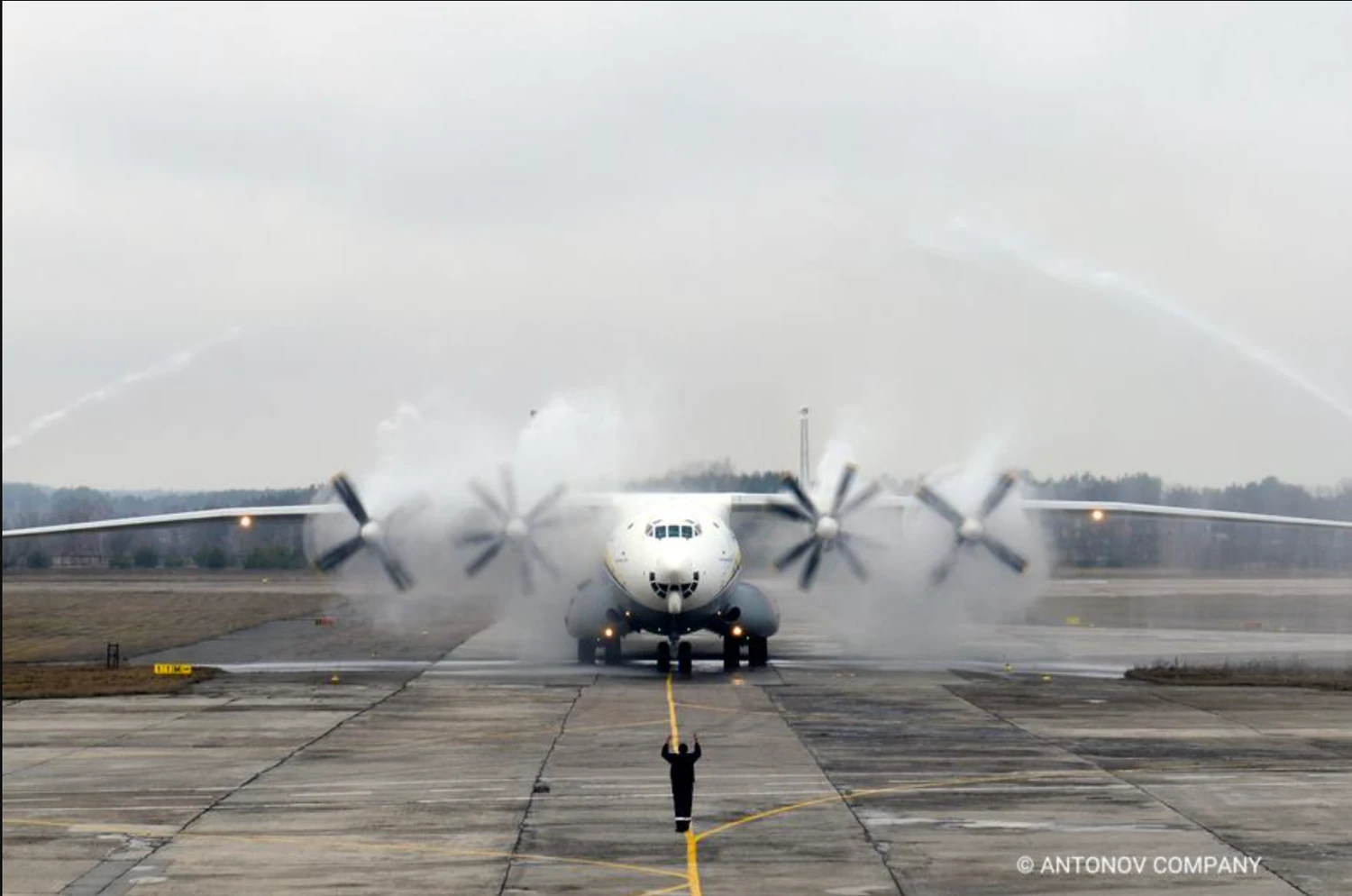“Aviation on the brink: without tax breaks, Ukraine risks losing a strategic industryThe Ukrainian aviation industry needs the restoration of tax breaks that were in effect from 2017 to 2024, as without them the
country could lose a strategically important sector. According to forecasts, the return of benefits will bring the state 55
billion UAH in tax revenues for 2025-2035, which will triple the volume of preferences granted.
”, — write: unn.ua
From 2017 to 2024, tax preferences became a key tool that stimulated the development of aviation in the country. They were introduced to support a sector critical to national security and help it withstand extremely difficult conditions – from economic shocks caused by the global pandemic to a full-scale war and a “closed” sky.
The preferences exempted aviation enterprises from tax on only 5 points: profit, land, value added during import and sale of their own products, import duty on technological equipment. Thanks to these conditions, companies for 7 years directed saved resources to modernize production facilities, implement innovative solutions, increase the number of jobs, and develop new types of aviation equipment.
In addition, the tax benefits, which were in effect for 7 years, brought results not only in the form of strategic industry development, but also in monetary terms. During this period, aircraft manufacturing enterprises paid UAH 22.91 billion in taxes to the state budget on all other items, while receiving preferences totaling UAH 9.33 billion. That is, every 10 hryvnias invested in the aviation industry returned to the budget in the form of 25 hryvnias. Such a coefficient of budget efficiency makes supporting the aviation industry not an expense, but a profitable investment with a predicted high return.
However, for almost a year now, the aviation industry has been operating without tax benefits from the state. After all, the period of preferences ended in December 2024, leaving aviation alone with the difficult military reality in Ukraine. All this time, one of the most tax-intensive industries has been fighting for its existence. After all, the “closed sky,” “arrivals” due to attacks from the Russian Federation, interruptions in energy supply and logistics – all this prevents Ukrainian aviation from operating in a stable mode. Under such conditions, enterprises are forced to balance between maintaining production capacities and survival, postponing investments “for later” and reducing production volumes.
The devastating consequences of the war for aviation are illustrated by data from the State Tax Service. For example, the payment of taxes and the Unified Social Contribution under one of the aviation NACE codes “Auxiliary services to air transport” (NACE H52.23) fell by almost 3.5 times in 4 years. According to data provided by the State Tax Service in response to a journalistic request from UNN, if in the pre-COVID year 2020 tax revenues under NACE H52.23 amounted to more than UAH 2.2 billion, then for the full year 2024 this figure fell to UAH 620 million. Therefore, the fall in tax revenues and the Unified Social Contribution by more than 3.5 times is direct evidence that this sector of the industry is almost stopped and needs immediate support to survive in wartime conditions.
One of the main threats is not numbers, but people. The industry employs over 50,000 highly intelligent specialists with unique competencies that cannot be replicated in a few years. Training an aviation engineer takes 5-7 years of specialized education plus years of practical experience in production. Without stability and prospects, these personnel go to work in other sectors or move abroad. In contrast, there are fewer new personnel in the industry – young people do not go where there is no future. Aviation enterprises must stimulate and support specialized education, invest in training new personnel, but this is impossible in conditions of survival. The outflow of specialists and the generational gap means the loss not only of current production, but also of technological sovereignty.
Globally, this means one thing: Ukraine is steadily losing its position in the international market. What was once a competitive advantage – unique competencies, a full production cycle, the presence of an engineering school – is now becoming a vulnerable, underfunded sector. And if this problem may not seem a priority now against the backdrop of the war, after its end, the state may face another crisis – the loss of technological sovereignty and the ability for aviation recovery.
The only way out is to return tax benefits and preferences for aviation. According to forecasts of the specialized Aerospace Association, if the benefits work in the period 2025-2035, about UAH 55 billion will be paid to the state budget. At the same time, over 10 years, the tax benefits provided by the state will amount to UAH 18 billion.
Only in 2025–2035, the industry is capable of providing the state with over UAH 55 billion in tax revenues with an expected volume of benefits of about UAH 18 billion. That is, every hryvnia of preferential support can bring over three hryvnias in taxes – significantly more than in the pre-COVID years.
The arithmetic is simple: by providing the industry with tax preferences totaling UAH 18 billion, which it will reinvest in its own development, the state will receive UAH 55 billion in tax revenues. That is, UAH 37 billion in net profit for the state and stable and modernized aviation enterprises. Therefore, the restoration of tax preferences for aviation is not a gesture of “goodwill” from the state, but an investment in Ukraine’s post-war competitiveness.
